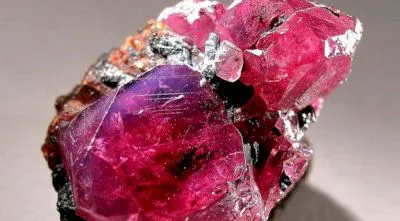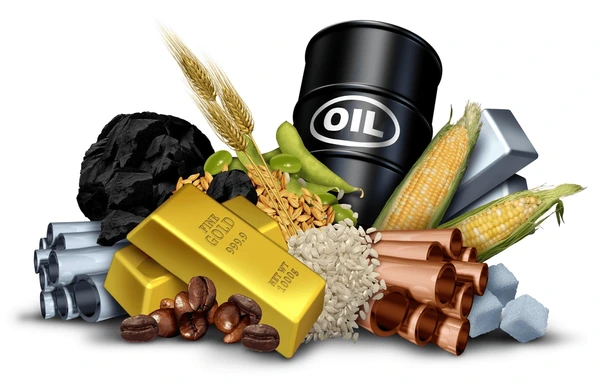


Directory of Ruby suppliers in Russia
 میکاییل کلارک11 months ago
میکاییل کلارک11 months ago ProfileRuby, Agate, Diamond, Lapis Lazuli, Amber, Topaz, Emerald, Jade, Charoite, Spinel, Tanzanite
ProfileRuby, Agate, Diamond, Lapis Lazuli, Amber, Topaz, Emerald, Jade, Charoite, Spinel, Tanzanite Artur22 months ago
Artur22 months ago ProfileAmber
ProfileAmber LLC Trading Center "Machine Building Plants"23 months ago
LLC Trading Center "Machine Building Plants"23 months ago Profile
Profile



